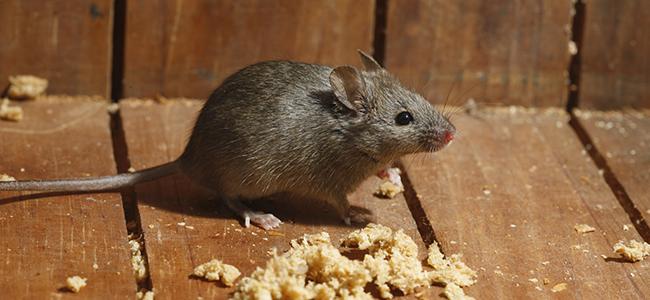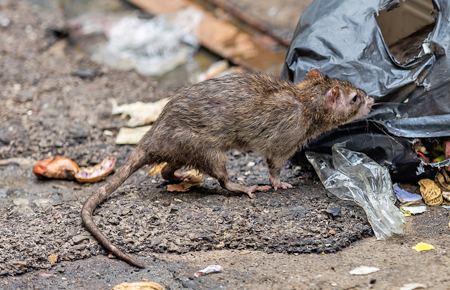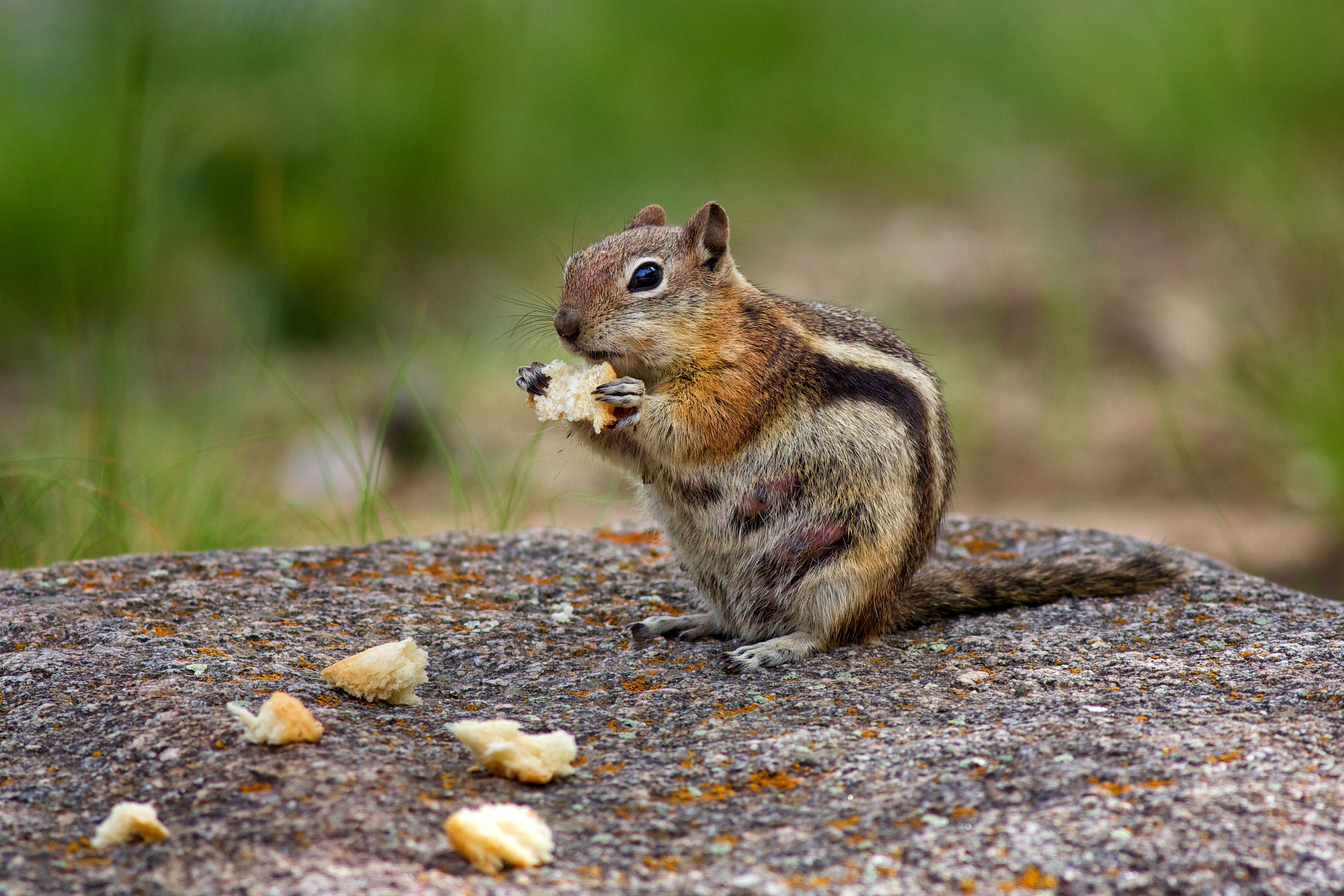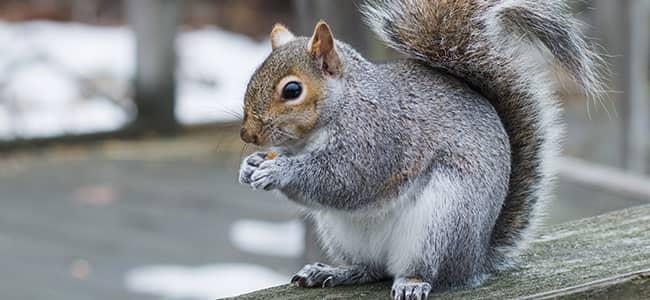Get a free estimate
If you have questions about our services, plans, or pricing we are here for you. Fill out the form below and we will communicate with you by email (and of course provide you with a free estimate).
FEBRUARY 01 2022 /
At the pet store, it is fun to watch the mice running in their wheels. In your yard, chipmunks are interesting as they scamper around.
In the trees, squirrels leap from branch to branch, just like the "daring young man on the flying trapeze." And a pet rat can be one of the coolest pets you can own, as long as it stays in a clean environment.
All of these animals can be enjoyable until they get into places where they do not belong.
In today's article, we will talk about these four types of rodents that commonly find their way into homes in the DC area, the problems they bring with them, and the best way to take care of them safely and effectively.
These little pointy-nosed critters grow to be around 5 inches long and weigh a mere ounce.
They have tiny, round ears, long tails, and beady eyes. Typically, mice are brown or black. But they can be grey or white with underbellies that are usually a shade lighter than the rest of their fur.

Like all rodents, mice have a set of sharp incisors that never stop growing. As a result, they have to chew constantly to keep their teeth from growing inward.
While rats look similar to mice, they can be distinguished from their smaller cousins by their disproportionately long feet and oversize heads. An adult rat is around 9-11 inches long.

This is a big size difference, but keep in mind that a young rat could be mistaken for a large mouse. Rats multiply quickly. One pair of rats can produce as many as 2,000 descendants in one short year!
A species of ground squirrel, chipmunks measure around 5 or 6 inches in length and weigh around 3 ounces.
Their most identifying characteristics are the 2 white stripes that mark their short, pointy heads and the black and white lines that run down the length of their backs.

While fun to watch in your yard, these creatures are not so fun when they get into sheds, garages, or attic spaces.
These bushy-tailed, nut-eating creatures grow to between 12 to 25 inches in length, depending on the species.
They have short fur that comes in a variety of colors such as black, brown, gray and red.

When squirrels find their way into attics and wall voids, they can cause quite a stink (literally) while they tear up insulation and make a racket scampering about.
There are many ways rodents can find their way inside homes. Here are a few you should know about:
If there are gaps around pipes or electrical conduit which pass into your home, rodents will gladly squeeze through to gain entry.
A hole the size of a dime will allow entry to a mouse and, if a hole isn't large enough, a larger rodent will use sharp teeth to gnaw the hole until it is large enough to squeeze through. And rodents are not the only pests that will exploit these holes.
Rodents can chew through screens and gnaw their way through the frame of a window. Once inside a wall void, they will find (usually hidden) ways to enter living spaces to gain access to food sources.
If garage doors do not have a good seal, small rodents may find entry, especially near the corners.
If vents are left open, mice and other small rodents can gain entrance. Placing screening over vents can help prevent rodents and other pests from entering.
If a rodent can gain access to your roof, it will look for entry points through your roofline, soffits, or chimney.
Trees that grow over or close to your home are one way rodents gain access. Another way is climbing up through gutter system downspouts.
When rodents get into homes, they don't come in alone. Rats, mice, squirrels, and chipmunks can carry parasites such as mites, ticks, and fleas. All these secondary pests come with their own unique sets of problems.
When these creatures get inside homes, they don't stay inside. They come and go and the places they frequent outside can be filthy, disease-laden areas such as sewers and dumpsters.
This means they can carry bacteria on their feet and fur back into your home. They can also spread germs through their feces.
Some of the diseases rodents are known to spread include hemorrhagic fever with renal syndrome, leptospirosis, lymphocytic choriomeningitis, rat-bite fever, salmonellosis, and tularemia.
All rodents have the need to constantly chew to wear down their ever-growing incisors. This means that they can damage not only the structure of a home but belongings as well.
Rodents can damage anything from plastic to wood, stored treasures to food packaging, even very hard substances such as bricks, or dangerous items such as electrical wiring.
Some DIY strategies can go a long way in keeping rodents out of your home.
Things such as keeping trash in tightly-sealed containers, removing clutter from your property, removing food and water attractants, trimming back trees and vegetation away from your home, and sealing up your walls and foundation are a good place to start.
But the best way is to hire a licensed pest control professional.
If you are seeing rodents, or the signs rodents leave behind, such as droppings or gnaw marks, have a professional take a look.
Once rodents have found a way inside and have set up housekeeping in your attic, wall voids, or other areas, they can be extremely difficult to eliminate using DIY methods.
Make sure those rodents are taken care of the first time, with residential pest control options from American Pest.